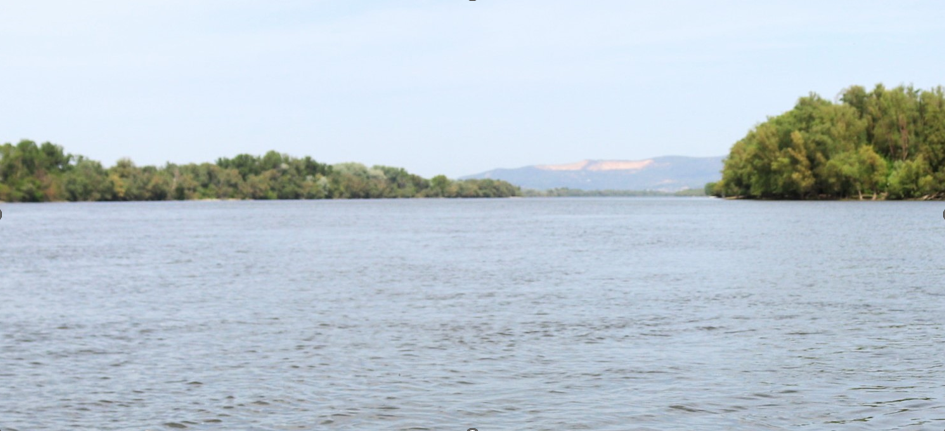Danube4All


NBS info
| Country | Hungary |
| River, water body | Danube |
| Stage | ME |
| Size | |
| Geotype | |
| Innovative Solutions |
 |
 |
 |
 |
Project summary
Project site is at Sződliget, 30 km north of Budapest along the Danube Bend. Work here will focus on the re-dynamization of the river section through ecological groyne optimization - the first implementation in the field in Hungary. River regulations resulted in loss of habitats and loss of side arms all along the Danube river. Danube has a channel character in many sections with low structural diversity. One of the typical situation is located at the 1675 Rkm. Two groynes have been built in the Danube right side littoral zone as a river regulation infrastructure. Between the groynes sedimentation and siltation have been found. Gravel littoral zone turned into slow flowing or standing water with mud. The dynamic character of the river has been totally lost in this 600 m long habitat. Nevertheless, it is well known that navigation has a negative impact on ecology. The main impact is wave stress for aquatic species. Navigation impacts are significantly higher in channelized sections.
Best practices and references
- Increasing biodiversity of the area (app. 50 ha) following by the increased structural diversity
- 10-20 cm/s velocity in littoral zone (nursery for reophilous species) even at low water level
- The island will provide a safe habitat against wave stress
- The island will be sustainable in the long term
- The restoration is compatible with both navigation and flood protection interests
Environmental, socio-cultural, economic impacts
Richness of biodiversity and habitats increases while the section will be suitable as fish spawning area. Also it helps to maintain the fairway conditions. This provides also more opportunities for anglers and less invasive species will be present. It will be a good example to be replicated representing an NBS for navigation and biodiversity as well. And the richer is the biodiversity the better it can mitigate also climate change effects.
Replication and scalability
Lots of old water regulation structures are along the Hungarian Danube stretch which could be revised and reshaped thus protecting siltation and riverbed narrowing and juvenile fish and macroinvertebrates from waves caused by heavy ship traffic..
Participation process
DANUBE4all will closely cooperate with the local communities, inhabitants, SMEs, and stakeholders to optimise the final design, strengthening participation before, during and after implementation of the measures e.g., by involving Citizen Science in monitoring programs
Lessons learnt
Project is ongoing, these can be concluded in a later stage.
